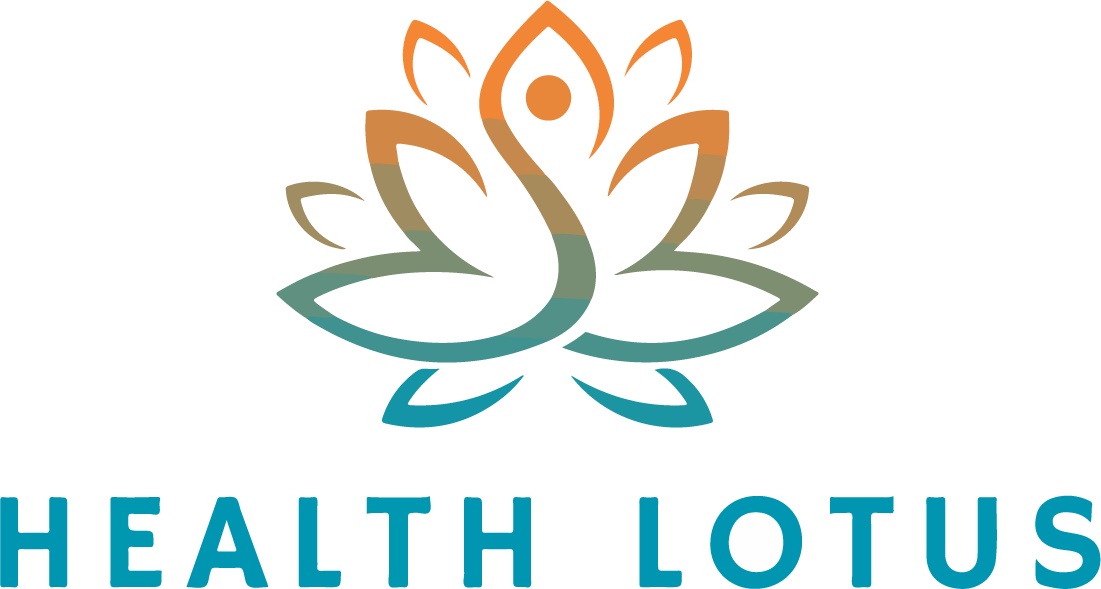Our lungs are essential organs that play a critical role in sustaining life, yet many of us neglect them when it comes to our overall health and well-being. While we focus on detoxifying other organs, such as the liver and kidneys, the importance of cleansing and supporting our lungs often goes unnoticed.
However, as the gateway for the vital oxygen that fuels our bodies and the recipient of various environmental toxins, our lungs can benefit greatly from targeted detoxification efforts.
This article aims to explore the benefits of lung detoxification, as well as provide practical tips and strategies to help you support your respiratory health and breathe easier.
Whether you’re looking to improve lung function, reduce the risk of respiratory illnesses, or simply optimize your overall health, understanding the facts and methods of lung detoxification is a valuable step toward achieving your goals.
Understanding Lung Resilience: How the Lungs Handle Damage
After an acute illness such as pneumonia or acute bronchitis, the lungs generally have a remarkable ability to recover fully. However, chronic damage, such as that inflicted by long-term smoking, can significantly impair the lung’s ability to self-repair.
Smoking is the leading cause of two major lung diseases: emphysema and chronic bronchitis, which together are known as chronic obstructive pulmonary disease (COPD).
Emphysema damages the small air sacs in the lungs responsible for oxygen exchange. Chronic bronchitis, on the other hand, involves inflammation and irritation of the airways that lead to these air sacs.
While some of the inflammation and swelling associated with bronchitis can diminish over time, the structural damage to the lungs remains. The destruction of these air sacs in emphysema is particularly problematic because these cannot be regenerated by the body.
The key to minimizing lung damage from smoking is quitting as early as possible. Research has shown that individuals who quit smoking experience significant benefits to their lung health over time.
For instance, 20 years after quitting, the risk of COPD drops to levels comparable to those who have never smoked, and after 30 years, the risk of lung cancer approaches nonsmoking levels. However, the sooner smoking is stopped, the greater the potential for lung healing and recovery. Conversely, the longer an individual continues to smoke, the more likely it is that the damage to the lungs becomes irreversible.
This emphasizes the importance of smoking cessation programs and campaigns to promote healthy lungs and reduce the risk of COPD and lung cancer. Early intervention can significantly improve lung health outcomes and reduce the overall burden of respiratory diseases associated with smoking.
Tips for Protecting Lung Health
- Exercise for Lung Strength and Function
Regular cardiovascular exercise, which raises your heart rate, may improve lung function according to evidence.
Furthermore, cardiovascular exercise can enhance the efficiency of both the heart and muscles. As a result, when engaging in physical activity, there is less strain on the lungs, leading to an improved sense of well-being and easier breathing.
- Minimize Pollution Exposure
It is vital to avoid both indoor and outdoor pollution to maintain healthy lungs. The American Lung Association recommends having your home tested for radon, a harmful gas that can cause lung cancer. Information on testing is available on the EPA’s website.
Additionally, incorporating regular vacuuming with a HEPA filter into your cleaning routine, along with choosing cleaning products that are free of volatile organic compounds (VOCs), fragrances, and irritants, can improve indoor air quality.
For individuals with chronic respiratory conditions, it is essential to monitor local air quality and limit outdoor activities on days with poor air quality.
You can access information on air quality by visiting AirNow.gov or downloading a free air quality index app, which will notify you when pollution levels in your area are dangerously high due to sources like fires or industrial activity.
By taking these measures, you can reduce your exposure to harmful pollutants and promote lung health.
- Give Up Vaping
Doctors are currently gaining insights into the potential long-term risks of vaping, but short-term effects have already been identified. Research indicates that vaping impairs the lungs’ ability to clear mucus, potentially leading to infections.
Specialists advise that the only substances that should be inhaled into the lungs are pure, clean air and prescribed medications. No other inhalants are deemed safe, as their effects on lung health are uncertain.
The short-term impacts of vaping underscore the need for caution and further investigation into its potential long-term risks.
To safeguard lung health, it’s crucial to avoid vaping and only inhale substances that are known to be safe and prescribed by a healthcare professional.
- Avoid Secondhand Smoke
In addition to quitting smoking, it’s vital to avoid exposure to secondhand smoke. Inhaling smoke from others is detrimental to lung health.
The combination of cigarette smoke coming from the lit end and the exhaled smoke contains numerous harmful chemicals. Breathing in these toxins can lead to severe health issues ranging from lung cancer to stroke, as highlighted by the Centers for Disease Control and Prevention (CDC).
Secondhand smoke poses a significant risk, especially in enclosed spaces where it can linger and accumulate.
Non-smokers, including children, pregnant women, and individuals with pre-existing respiratory conditions, are particularly vulnerable to the adverse effects of secondhand smoke exposure.
To safeguard lung health and overall well-being, it’s essential to avoid environments where smoking occurs and to advocate for smoke-free public spaces and workplaces.
Supporting smoke-free policies and encouraging smokers to quit are effective strategies for promoting lung health and reducing the prevalence of smoking-related diseases.
- Recognize The Limitations of Steam Therapy
Steam therapy, a treatment often used to alleviate symptoms of COPD, is the subject of debate.
While a small study suggested that inhaling warm steam might alleviate anxiety in COPD patients, it failed to show any improvement in lung function. The study’s size was too small to draw reliable conclusions about its impact on anxiety.
Moreover, there is evidence that steam therapy may aid in clearing mucus from the upper respiratory tract during respiratory infections. However, its effectiveness in enhancing lung function is uncertain.
In light of the limited evidence supporting its benefits for COPD, caution is advised when considering steam therapy.
- Fortify Your Defenses With Antioxidants
Consuming a diet rich in antioxidants, such as leafy greens and berries, may aid in protecting your lungs from some damage associated with smoking and exposure to air pollution.
Although consuming foods like blueberries or kale salads alone won’t reverse the effects of long-term smoking, research suggests that increasing the intake of fruits and vegetables, particularly those high in antioxidants, may help mitigate lung damage.
A large study conducted in Korea discovered that drinking green tea, which possesses both antioxidant and anti-inflammatory properties, may potentially reduce the risk of developing COPD, although the findings are not definitive.
While drinking tea is generally beneficial for overall health and well-being, it is important to note that there is limited evidence supporting its specific effectiveness in preventing COPD.
Nonetheless, integrating a balanced and antioxidant-rich diet into your daily routine can contribute to better lung health and support your body’s natural defense against the damaging effects of smoking and environmental pollutants.
- Prevent Respiratory Infections
Preventing infections and safeguarding your lungs from further harm involves several proactive steps.
Firstly, getting vaccinated against common respiratory infections such as the flu and pneumonia can significantly reduce your risk of contracting these illnesses, which can have serious implications for lung health.
These vaccines are particularly important for individuals with pre-existing respiratory conditions like COPD or asthma, as they may be more susceptible to severe complications from these infections.
Furthermore, maintaining good hand hygiene by frequently washing your hands with soap and water or using hand sanitizer helps prevent the spread of respiratory viruses and bacteria.
Regular handwashing, especially before eating or touching your face, can minimize the risk of transferring pathogens from surfaces to your respiratory tract.
Lastly, it is essential to be mindful of potential sources of respiratory infections and to avoid close contact with individuals who exhibit symptoms such as a runny nose, coughing, or sneezing.
If you are experiencing symptoms of illness yourself, it is important to practice respiratory hygiene by covering your mouth and nose with a tissue or your elbow when coughing or sneezing to prevent the spread of droplets that could contain infectious agents.
By taking these preventive measures, you can help protect your lungs from further damage and promote overall respiratory health.















Find Us on Socials